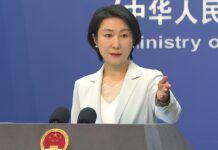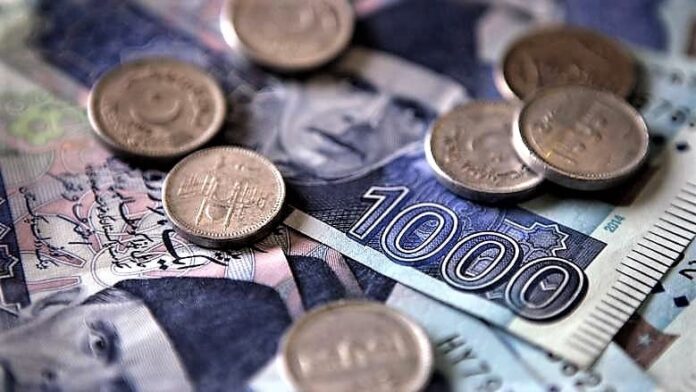Pakistani rupee has depreciated over two percent since the opposition parties moved a no-confidence motion seeking the ouster of Prime Minister Imran Khan on March 8, accusing him of mismanaging the economy and poor governance.
The Pakistani rupee plunged from 178.13 to 181.73 against the US dollar during the aforementioned period, shedding Rs3.60 (-2.02 percent), according to the data shared by the State Bank of Pakistan.
The rupee has set nine all-time lowest levels in the interbank market against the greenback during the last fortnight and they are 181.73 (March 22), 181.25 (March 21), 180.57 (March 18), 180.07 (March 17), 179.44 (March 16), 179.22 (March 15), 178.98 (March 14), 178.63 (March 09) and 178.61 (March 08). Overall, the local unit devalued by Rs24.30 during the ongoing fiscal year 2021-22 and Rs5.28 during the current year 2022.
Besides political uncertainty on the domestic front, surging crude oil and commodity prices globally have also played a role in depreciating the local currency. The ongoing conflict between Russia and Ukraine has pushed commodity prices to their record historic high level. Given the rising commodity prices, the soaring import bill has badly hit the current account balance of Pakistan which created a spell of depreciation around the rupee.
Higher cost of imports on account of petroleum products, raw materials for automobile and textile sectors, and various commodity prices have kept the imports higher, which has, in turn, widened the trade deficit and Pakistan’s current account deficit. According to the State Bank of Pakistan (SBP), the current account deficit has reached $12.09 billion during the first eight months of the current financial year 2021-22.
The staggering current account deficit has created a persistent worrisome situation for the economic managers and the banking regulator, and various strict measures have been introduced to curb non-essential imports by the country. However, the results are yet to be seen as the import bill has remained out of control since the beginning of the current financial year.























